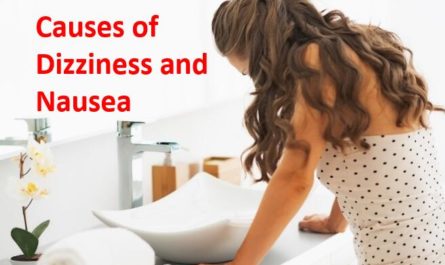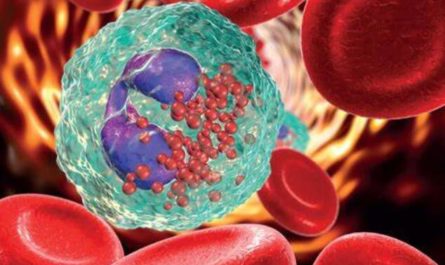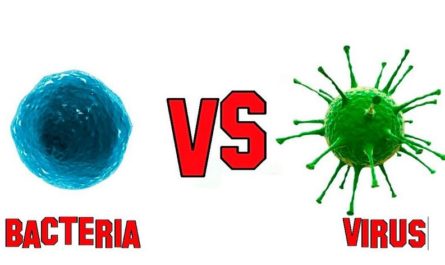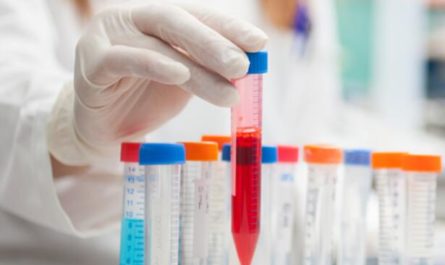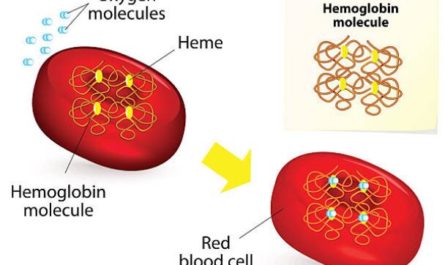Lymph nodes are small, bean-shaped structures that play a crucial role in our immune system. They act as filters, trapping bacteria, viruses, and other harmful substances as they travel through our body’s lymphatic system. Knowing the location of lymph nodes can be essential for detecting and diagnosing various medical conditions, including infections, cancers, and autoimmune diseases.
Lymph nodes are found throughout the body, but some areas have a higher concentration of them than others. For example, the neck, armpits, groin, and abdomen contain many lymph nodes.
However, the location of lymph nodes can vary from person to person, and their size and number can change depending on various factors. In this article, we’ll delve into the location of lymph nodes, their functions, and how they can help identify health issues.
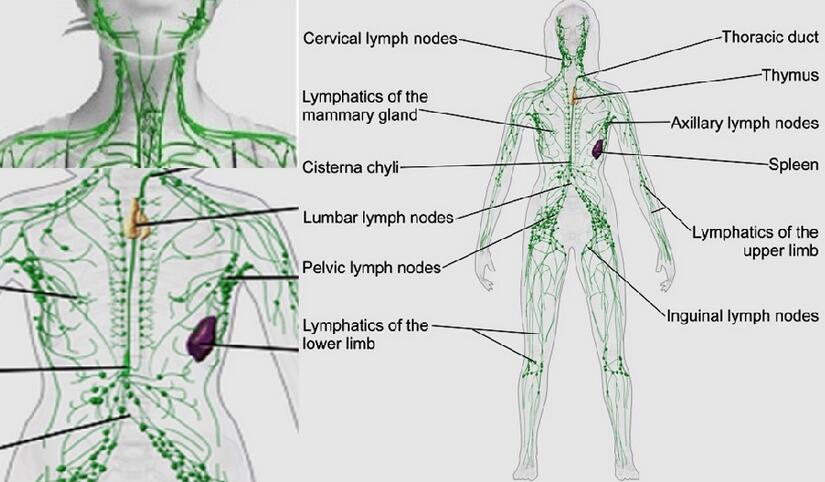
What is a Lymph Node?
Lymph nodes are small, bean-shaped organs located throughout the body. They are part of the lymphatic system, which helps fight infections and other diseases. Lymph nodes store special white blood cells called lymphocytes, which fight off germs and help the body heal itself.
They play an essential role in the body’s immune system by filtering out harmful bacteria and other foreign substances. Lymph nodes also produce white blood cells, which fight infection.
Lymph nodes can become enlarged when fighting off an infection, but they usually return to normal once the infection has been treated.
Where are the locations of lymph nodes in your body?
There are over 500 lymph nodes in an adult’s body. They are located in the neck, armpits, chest, abdomen, and groin.
- In the neck, lymph nodes are present in the front, sides, and back of the neck.
- They can also be found in the area of the jaw and behind the ears.
- In the armpits, lymph nodes are located in the area of the upper arms and shoulders.
- In the chest, lymph nodes are present around the breastbone and collarbone.
- In the abdomen, lymph nodes are around the stomach, intestines, and pelvis.
- In the groin, lymph nodes are found in the inner thigh and upper leg area.
Lymph Node Groups in the body
1. Cervical
A cervical is a group of lymph nodes in the neck region. These nodes serve as drainage points for the blood and other fluids from the head and neck tissues. In addition, they destroy any bacteria that may have been swallowed or inhaled.
2. Mediastinal
This group includes two parts: left mediastinum and right mediastinum. The left mediastinum includes nodes on both sides, which drain into the left subclavian vein and left common carotid artery, respectively.
The right mediastinum contains two groups of nodes on both sides, which drain into the right subclavian vein and right common carotid artery, respectively. These nodes filter out large particulate matter such as dust, dirt, and hair.
3. Axillary
The Axillary is a group of lymph nodes situated on both sides of the armpit. They are responsible for filtering out foreign particles from the upper part of the body. This group comprises a total of 11 nodes, each with its function. The axilla (or armpit) has two subgroups:
- Supraclavicular – This includes both suprapubic and suprascapular nodes.
- Subscapular – These include supraspinatus, infraspinatus, and subscapularis.
4. Inguinal
This group includes nodes that drain into the groin area, including one on each side and one at the top of each thigh. This group is often called the “groin area.” The inguinal canal (a passage for urine) runs through this area, which explains why it is sometimes called “the groin region.”
5. Lumbar lymph nodes
The lumbar part of your spine contains lumbar lymph nodes that drain your pelvis and lower back region. The lumbar region also includes three large spinal nerves that control movement in your hips and legs.
6. Pelvic lymph nodes
Pelvic lymph nodes lie along the pelvic region and drain into the pelvis via a lymph duct. The pelvic lymph nodes are also involved in the immune response because they produce antibodies when you contact with germs or other substances that may cause infection. This group also has two subgroups:
- Oblique – These include iliac, obturator and obturator externus lymph nodes.
- Inguinal – These include iliac, femoral, iliac-inguinal, inguinal canal, femoral triangle, and labia majora lymph nodes.
The Anatomy of a Lymph node
A lymph node can be from 0.1 – 2.5 cm in size, about the size of a pea. It consists of lymph tissue and several cells, such as lymphocytes (white blood cells), plasma cells (PC), dendritic cells (DC), B cells (BC), T cells (TC), and macrophages.
A fibrous capsule encircles each lymph node and forms a trabecular inside through expansion. In addition, a lymph node has four layers as its structures:
- A shielding layer called a capsule (which looks like the shell of a bean)
- Subscapular sinus (lymphatic transport fluid)
- Cortex (center filled with white blood cells)
- Medulla (inner containing blood vessels)
Lymph nodes are also in hundreds throughout your body. They can stand independently or connect as groups (chains).
Functions of Lymph Nodes
The lymphatic system encompasses a network of vessels, nodes, and glands that drains blood from the tissues to the lymph nodes. The primary functions of this lymphatic system are as follows:
1. Filtering and Cleansing: Lymph nodes act as filters for the lymphatic fluid, which helps to cleanse the body of bacteria, toxins, and other potentially harmful organisms. This process helps to prevent infection and fight disease.
2. Immune Response: Lymph nodes are essential in the body’s immune response. They contain white blood cells such as lymphocytes and macrophages that help to identify and destroy foreign substances.
3. Storage: Lymph nodes can also store various types of cells, including B cells, T cells, and memory cells. These cells are essential for mounting an effective immune response.
4. Production: Lymph nodes produce essential proteins, such as antibodies and cytokines, which help fight infections.
5. Education: Lymph nodes can help educate the body’s immune system. They can serve as a “training ground” for the immune system to learn how to recognize and fight off foreign substances.
6. Drainage: Lymph nodes help drain excess fluid and waste products from surrounding tissues. This helps to keep the body in balance and prevent the build-up of toxins.
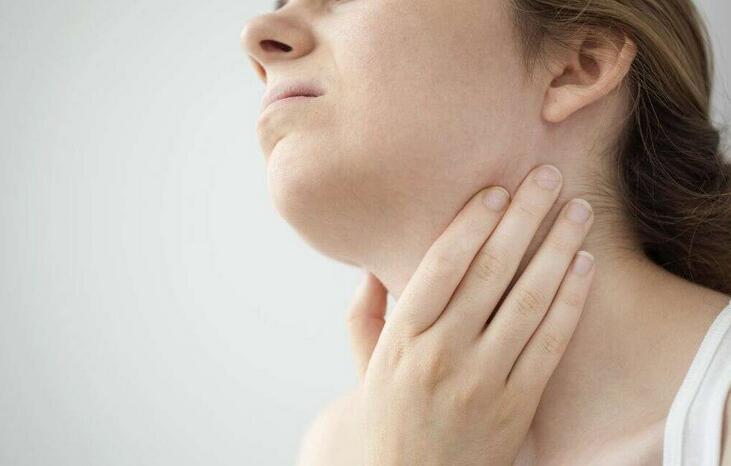
Common Conditions that affect Lymph Nodes
Lymphoma
Cancerous cells grow in lymph nodes, which can cause swelling or pain in the nodes. Other symptoms may include fever and fatigue. Treatment options differ depending on the type of cancer and stage of the disease.
2. Lymphangiectasia
Lymphangiectasia refers to the abnormal development of vessels in or near lymphatic tissue. This condition occurs when new blood vessels grow into existing channels instead of bypassing them as they should.
This results in blocked fluid flow through these channels, causing swelling (edema). Treatment depends on whether there are symptoms present at the time treatment begins.
3. Lyme disease
Lyme disease another disease that might affect the lymphatic system is Lyme disease. It causes enlarged lymph nodes with fluids inside them (called a chancre) that are usually on the skin’s surface.
This occurs when bacteria from a tick bite gets into your bloodstream through your skin, travels to your lymph node, multiplies there, and spreads back through your body. The fever, headache, and general feeling of unwell also come along. The good news is that antibiotics can cure it.
4. Lymphadenopathy
Lymphadenopathy is the most commonly encountered condition that affects lymph nodes. This condition is characterized by enlargement of the lymph nodes.
5. Lymphangioleiomyomatosis
Lymphangioleiomyomatosis is a rare disease in which lymph nodes grow into the skin’s layers, making it hard and thickened. The condition is characterized by many enlarged lymph nodes that may be painful, tender, hard, and swollen. The lesions are usually found on the neck, chest wall, and upper back.
6. An autoimmune lymphoproliferative syndrome
This disorder is characterized by excessive growth and proliferation of lymphatic tissue in response to an abnormal immune response. Autoimmune diseases affect multiple organs and systems throughout the body.
7. Kikuchi’s disease
Kikuchi’s disease is an uncommon condition that affects red blood cells, causing them to aggregate in the bone marrow.
As a result, the affected marrow cannot produce enough red blood cells (erythrocytes) to meet the body’s needs, so it leaks into tissues over time. This leakage can cause inflammation and swelling in the lymph nodes around the spine, arms, legs, and trunk (called “lymphadenopathy”).
8. Castleman disease
This is an unusual disorder of the lymph nodes that causes augmentation of the lymph nodes in different parts of the body, such as the neck, underarms, groin, and eyelids.
This disease affects red blood cells and causes them to accumulate in the bone marrow (called myelofibrosis). This accumulation of abnormal red blood cells interferes with the average growth of new red blood cells, which leads to a shortage of hemoglobin in your body.
This shortage makes it difficult for your heart to get enough oxygen-rich blood through your arteries and veins. In addition, your kidneys may not be able to filter out all wastes from your body effectively.
9. Chickenpox
The infection is caused by the varicella-zoster virus, which resides in the blood and causes chickenpox. The disease typically causes a rash on your skin, followed by a few weeks of fever, fatigue, and aches that can last up to several weeks.
Chickenpox is highly contagious, so keeping your shirt sleeves rolled up when you’re around others with chickenpox is essential. Contact with another person can spread this disease even if it has no visible symptoms.
10. Skin infection
Skin infections occur when bacteria invade skin cells that line your body cavities (such as your sinuses), mucous membranes (like those inside your mouth), or wounds.
These bacteria multiply quickly inside these areas and cause damage to healthy tissue. This type of infection often occurs after surgery or skin tissue injury and exposure to chemicals such as bleach, detergents, or certain chemicals.
11. Cavity or abscess
A cavity or abscess is an area on your body where pus has been collected. This disease can occur anywhere on your body but usually affects one place, such as your ear or lip. Although they may look painful at first, they usually heal without any treatment within one week if left alone or two weeks if you clean them out with warm water and soap.
A sinus infection is a breakout of the sinuses behind your nose (the nasal passages). It is usually caused by bacterial infection.
12. Strep throat
This bacterial infection causes soreness and swelling of the lymph nodes. The condition is an acute infection with group A Streptococcus bacteria. It can affect any body part but usually the tonsils, adenoids, and tonsil crypts.
In most cases, strep throat will go away on its own within seven days after symptoms begin. However, if it doesn’t go away, there are treatment options available that may shorten the duration and severity of your condition.
13. Injury
Lymph nodes may become swollen after injury to where they are located because the body’s immune system attempts to heal damaged tissue by producing large amounts of white blood cells surrounding infected tissue. Lymph nodes can also become swollen if a minor injury occurs, such as a cut or scrapes on these areas.
Treatments For Lymph Node Condition
Lymphatic nodules are treated on a case-by-case basis and customized for each individual. The goal of treating lymph nodes is to reduce the size of the cancerous lymph nodes and prevent the further spread of cancer.
1. Steroid Injections
A steroid injection is a short-term treatment for lymph node inflammation that can be given on an outpatient basis. Steroids reduce swelling and inflammation. They can treat other conditions, such as arthritis and burns.
Steroids may be given as an injection into your arm or leg or injected into your back. Steroids may also be used topically on the skin to decrease pain and swelling. The goal is to reduce swelling in the affected area so that it feels better and looks better. However, long-term use of steroids has not proven effective in treating this condition.
2. Antibiotics
Antibiotics can treat infections caused by bacteria from your body’s natural defenses (for example, bacteria in your digestive tract) or bacteria that have entered through a break in the skin (for example, from a cut).
They are most effective when symptoms first appear because they work best after the infection. If antibiotics are used early in treatment, they may not work as well as if taken later.
3. Chemotherapy
Chemotherapy is the most common treatment for most types of cancer. It is a medicine that kills cancer cells but leaves healthy cells alone. Chemotherapy drugs stop cell growth and prevent new cells from growing in affected areas (called neoplasms).
Chemotherapy drugs also slow down the growth of existing cancers by stopping cellular growth or killing off cancer cells already present in your body (called cytostatic therapy).
4. Radiofrequency ablation
Radiofrequency ablation (RFA) is a minimally invasive type of surgical treatment for non-cancerous tumors in the breast. This procedure uses a radio frequency appliance to heat and destroy tissue without cutting or removing it from its usual location.
RFA can effectively remove benign tumors less than 1 cm in size (less than 1 centimeter) and some cancerous tumors that still have some blood supply.
In addition, RFA effectively reduces the risk of recurrence following lumpectomy or mastectomy for breast cancer. Radiation may be given as an outpatient procedure or as part of a hospital stay that lasts several days to weeks.
Side effects from radiation treatment include fatigue, hair loss, or other changes in skin color (including sunburn), dry mouth and throat, upset stomach, diarrhea, and headache.
5. Surgery
Surgery is the most common treatment for lymph node conditions. It is usually a surgical procedure removing the lymph node(s) and surrounding tissue. Surgery aims to remove the excess cancerous or abnormal tissue and allow the remaining healthy tissue to grow back.
This procedure is usually performed when there is evidence of cancer in a lymph node or if it is causing symptoms. In addition, the patient may need radiation therapy after surgery and may be given chemotherapy to help fight any cancer cells in the body.
When to see a doctor?
If you have symptoms that could indicate a lymph condition, seeing a doctor as soon as possible is essential. Common symptoms include swollen lymph nodes, fatigue, fever, chills, and night sweats. You should also see a doctor if you have a lump or swelling in your neck, armpit, or groin or if you notice any changes in the color or texture of your skin.
Additionally, if you experience frequent infections or difficulty breathing, you should seek medical attention. An early diagnosis and treatment plan can help prevent the condition from worsening. Your doctor can also provide lifestyle recommendations to help manage your symptoms.

